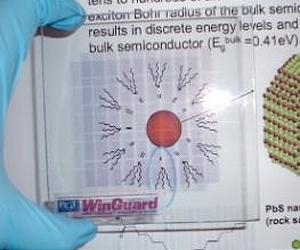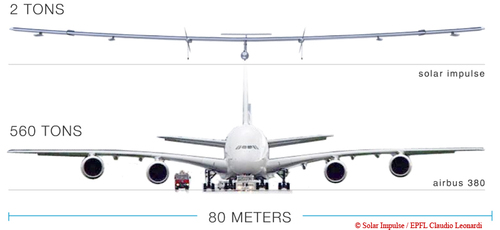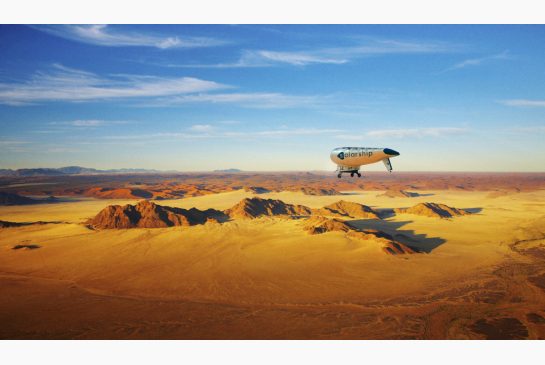Will we see a solar-powered commercial aircraft in the next two decades? In July the Solar Impulse flew from San Francisco to New York City with pit stops in New Mexico, Texas, Missouri, and DC before arriving at JFK airport on the American east coast.
Solar Impulse, with no fuel tank on board and batteries to keep its 4-prop engines going through the night is probably the best demonstration of solar-powered flight to date. Made from carbon fiber, the same materials used in the Dreamliner, Boeing’s latest commercial jet, the Solar Impulse has wings with a span equal to those on an Airbus A340. The aircraft weighs about as much as a medium-sized car (the literature says a Porsche 911). Its 11,000 solar cells and lithium batteries provide the 4-prop engines with about 40 horsepower and the aircraft reaches a top ground speed of 25 kilometers (16 miles) per hour. On board, one passenger, which is a a far cry from the capacity of even a small commercial turboprop let alone commercial or private jet aircraft.
At best then based on today’s state-of-the-art solar aircraft we can barely demonstrate the suitability of using solar power as a primary method of energy generation for flight. The limitations are pretty clear – not enough energy harvested to really get the airplane moving at an acceptable speed, and weight considerations that make commercial viability a non-starter.
Last summer I wrote about New Energy Technologies and their product the SolarWindow. A transparent film with embedded photovoltaics, it can be applied to any window surface to generate energy in buildings and homes. Now New Energy has announced that its “flex version” of the technology can be applied to exterior curved surfaces on an aircraft to provide supplementary power production.
But what if you could cover the entire outer skin of an aircraft including wings, fuselage, canopy and windows with SolarWindow transparent film? Could it generate enough power to approach that which is needed in commercial turboprop or jet aircraft? Not at present and probably not for the foreseeable future. What the technology can do is provide supplementary power to internal electronics replacing temperamental batteries (Boeing has a story or two to tell about that with its Dreamliner). The use of lightweight SolarWindow film could reduce aircraft weight and improve overall fuel performance. But it won’t lead to a commercial solar-powered airplane anytime in the near future and probably never.
What may be possible is hybrid technologies that use a combination of technologies that include solar. One of these, the Solar Ship, was featured in an article I wrote back in December of last year. It combines the features of an airship and airplane and uses helium and solar panels backed by lithium-ion batteries. The company recently received $2.2 million in funding from Sustainable Development Technology Canada to help it bring its technology to market. Commercial applicability for such a technology (see image below) makes sense because it can serve remote areas with limited runway access and have enough capacity to haul freight and passengers to these locations.












[…] Continued here: Is solar power viable in commercial aircraft? – 21st Century Tech Blog […]
[…] See the original post: Is solar power viable in commercial aircraft? – 21st Century Tech Blog […]
[…] View article: Is solar power viable in commercial aircraft? – 21st Century Tech Blog […]